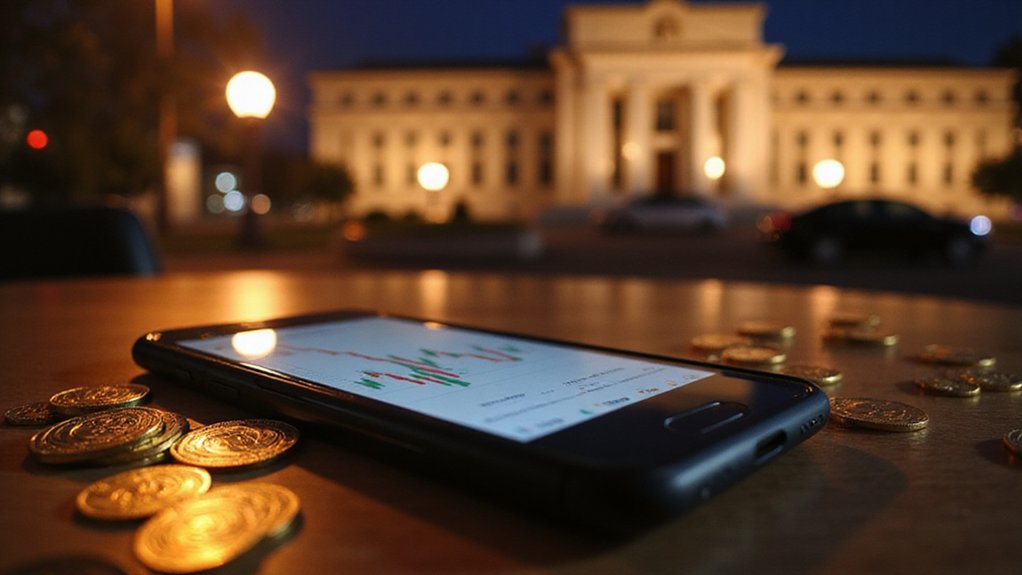While traditional football powerhouses have long prided themselves on century-old governance structures and time-honored institutional stability, the digital currency behemoth Tether—armed with $118.4 billion in reserves and a stablecoin commanding 70% of its market—has set its sights on Italian giant Juventus in what appears to be crypto’s most audacious foray into European football’s establishment.
The move represents a fascinating collision between old money and new digital wealth, with Tether’s $5.2 billion first-half profits in 2024 alone providing considerable ammunition for its campaign. Founded in 2014 by Bitcoin enthusiasts who dreamed of digitizing fiat currencies, Tether has evolved far beyond its humble Realcoin origins into a $114 billion market capitalization juggernaut that surpassed Bitcoin in global trading volumes by 2019—a development that surely raised eyebrows in traditional financial circles.
Under the stewardship of CEO Jean-Louis van der Velde and CTO Paolo Ardoino, the Hong Kong-based iFinex subsidiary has methodically expanded its technological infrastructure across fourteen blockchain protocols, creating what amounts to a parallel financial ecosystem. This cross-chain compatibility, combined with integration across major exchanges and wallets, has transformed USDT into the most traded cryptocurrency worldwide—a position that theoretically grants considerable leverage in negotiations with legacy institutions. The company has also amassed over $97.6 billion in U.S. Treasuries, positioning itself as one of the world’s largest buyers of government securities.
Yet Tether’s approach to Juventus reveals crypto’s persistent tension between disruption and legitimacy. Despite maintaining $11.9 billion in net equity and claims of dollar-for-dollar reserve backing, the company continues wrestling with regulatory scrutiny over transparency practices and audit limitations. These ongoing challenges haven’t greatly dented market confidence, though they complicate any attempt to project institutional gravitas in boardrooms where century-old traditions still matter. The platform’s blockchain-enabled capabilities for traditional currency usage have positioned it as a bridge between conventional finance and digital innovation, potentially appealing to institutions seeking stability amid crypto volatility. This positioning aligns with broader DeFi principles that seek to create more open financial ecosystems by removing traditional intermediaries and enabling direct peer-to-peer interactions.
The irony is palpable: a company that operates primarily from the British Virgin Islands, built on decentralized principles designed to circumvent traditional banking, now seeks influence within one of Europe’s most established sporting institutions.
Whether Juventus’s traditional power brokers will embrace this digital insurgency—or whether Tether’s regulatory baggage will prove too heavy for the Old Lady’s comfort—remains an open question that could define crypto’s future relationship with European football’s aristocracy.









